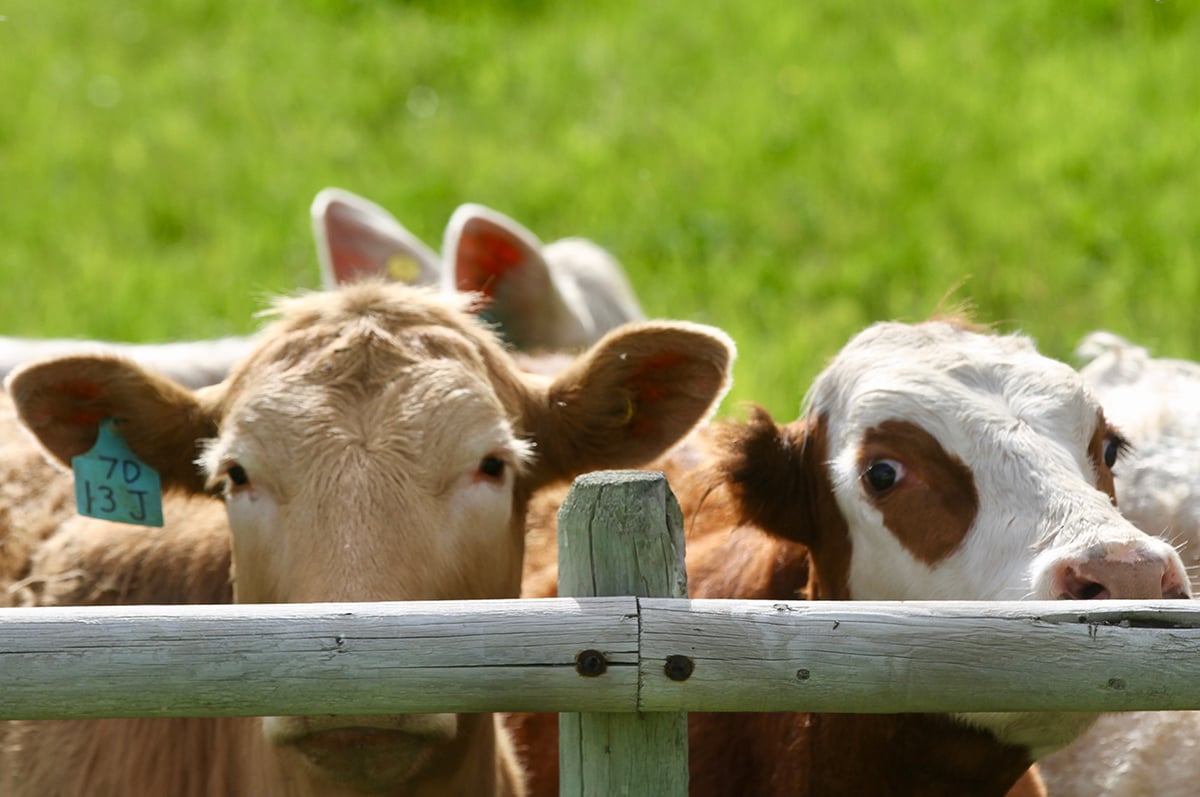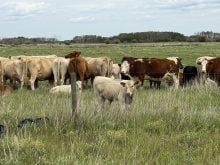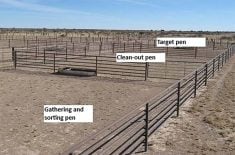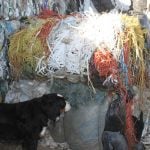OLDS, Alta. Ñ Working smarter to keep rural kids in school is part of the philosophy behind a proposed community learning centre based in Olds.
By tapping into video conferencing, internet education and sharing physical resources, the Chinook’s Edge school division and Olds College want to hold students’ interests at the high school and post-secondary level with more educational options.
“We want to keep them engaged in school longer,” said Rob MacKen-zie, academic vice-president of the college.
“The other dimension is trying to keep them engaged in a rural area,” he said.
Read Also

Feeder market consolidates at historic highs
For the week ending Sept. 6, Western Canadian feeder cattle markets were relatively unchanged compared to seven days earlier.
It has been a concern that rural students lose out because there are too few of them to justify offering a broad range of courses and in some cases, no teachers are available.
Several years ago the Didsbury high school was unable to offer French because there were too few people interested.
If those students could connect to a larger school via the internet or video conferencing, they could join those classes.
“We want to maintain those small rural high schools but we also want to make sure they have a breadth and depth of programming,” said Dot Negropontes, assistant superintendent of the school division.
Strengthening rural communities is another goal.
When students leave their home towns for post-secondary education, they often find a city job and do not return to the rural community.
There is also a concern that fewer than 40 percent of high school graduates continue in some form of post-secondary education. The rest move into the workforce without the skills to hold a high paying job.
The community learning campus received a $500,000 grant to pursue the idea. It could ultimately cost $44 million to implement by 2007. The proposal goes to the province March 15.
The concept involves building a new high school for 700 students south of the Olds College campus. The present high school is more than 50 years old and it is not feasible to renovate the aging building.
The new school would be linked to a health and wellness centre with sports facilities. The college is adding to its alumni centre to house an electronic learning centre.
Students from high schools in the division could use college resources like laboratories, libraries and machine shops. If a school has facilities useful to the college, these could be shared as well.
Connections would be made through SuperNet, the province’s program to provide high speed internet to rural customers through schools, libraries and other public buildings.
In addition, high achieving high school students could start higher level education sooner, and college students who required a few extra high school credits could get what they need from this combined system.
“Right now you still have to earn your 100 credits to get your Grade 12 and then you are allowed to cross our boundaries into the world of college or university,” said MacKenzie.
“What we’re saying is the boundaries are artificial. It should be possible to take college and university courses while you are enrolled in high school.”
The program could also accommodate home schoolers by enhancing their studies.
In addition, the school division is considering switching some schools to a year-round calendar.
Adults interested in finishing their education could tap into the facility through an enhanced distance learning program or other programs.
The concept appeals to the reeve of Mountainview County.
Al Kemmere wants all children in the county to have the same access to education and it may take some help from the municipality to provide computers or transportation.
While there is criticism that it would be more practical to build new schools, he is confident this concept can offer a more efficient education program.
He also has a personal interest is seeing this happen. He needs four classes to earn his agriculture production diploma from the college where he started nearly 30 years ago.
“If I can do it on the internet, I could graduate too,” he said.















